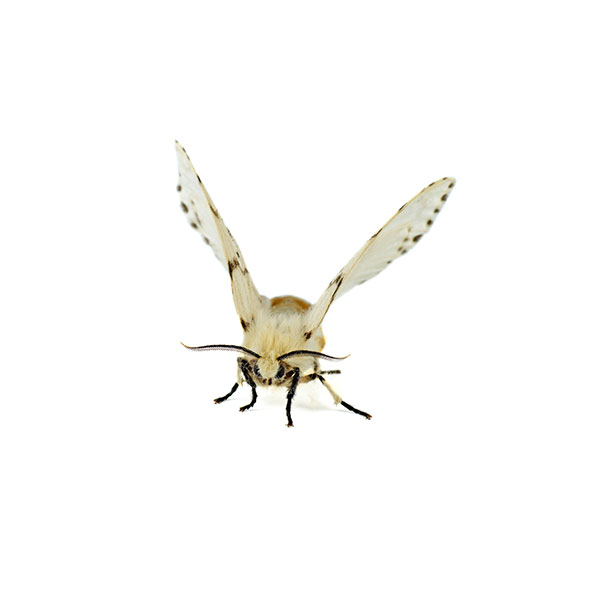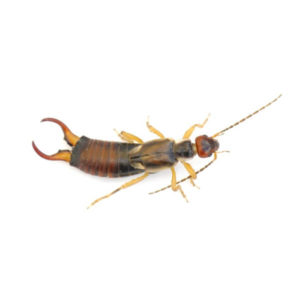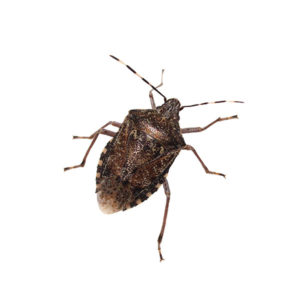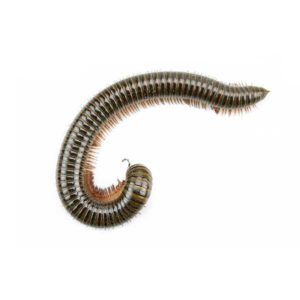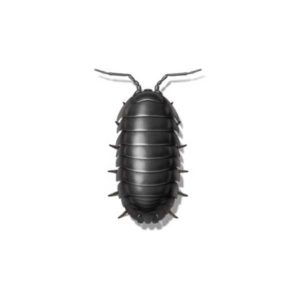Webworms in Memphis TN Metro Area
The fall webworm, native to North America, can be found across a vast portion of the United States and southern Canada. During late summer and early autumn, the caterpillars of this species construct extensive webs on the outer branches of trees as they feed. It’s important to note that fall webworms are distinct from Eastern Tent-Caterpillars, which tend to create webs in the bends of tree branches. The diet of webworms consists of the leaves of various shade, nut, and fruit trees, with approximately 80 different species being affected. While these pests do not cause permanent damage to the trees, the presence of their webs can be visually unappealing when present in large quantities.
Webworm Habitat
The fall webworm is commonly found in areas where its host trees are present, particularly in hardwood forests and landscapes. Infestations are most frequently observed on trees growing in open spaces, such as along roadsides, in yards, and at the edges of forests. Fall webworm moths, which are visually appealing with their white appearance, emerge from May to July for mating. Female moths lay numerous eggs on the undersides of leaves. Once the eggs hatch, the young larvae begin constructing a nest by webbing leaves together. The larvae feed on the foliage enclosed within the nest, and as they grow, the nest expands accordingly.
Webworm Behaviors, Threats, or Dangers
Webworms are not known to bite or possess any toxicity, and they are generally regarded as nuisance pests. While their webs may be visually unappealing, the defoliation caused by fall webworms typically has minimal impact on the health of the affected tree. As trees naturally enter a period of winter dormancy, they have already allocated few energy reserves or nutrients, reducing the potential harm. Nevertheless, many property owners prefer to remove webworm nests. Since fall webworms are not considered harmful, one can use a long branch to open the web and remove it as a means of control. Contact your local exterminator for help with webworms.

